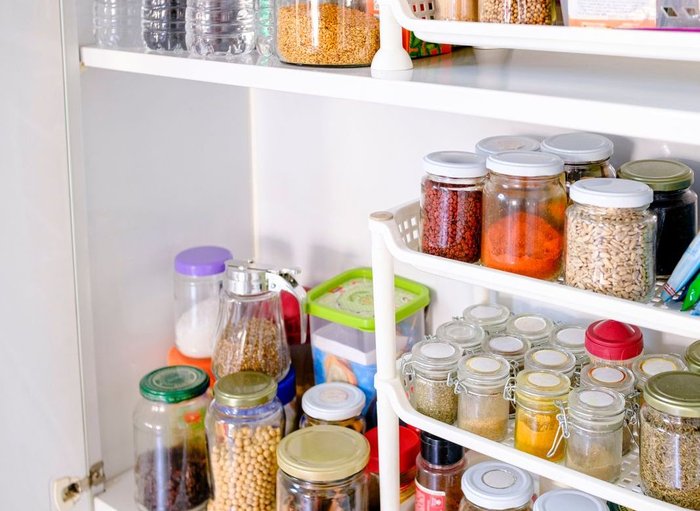Potassium is a mineral that helps your muscles and heart work properly. It’s found naturally in foods like bananas and yams, but sometimes it’s also added to foods to keep them fresh or make them taste better. These are called potassium additives.
If you have been advised to lower the potassium in your diet by your healthcare team, Kidney Kitchen recipes can help you choose tasty meals that are better for you because we have calculated how much potassium each recipe contains, so you don't need to.
Eating fruit and vegetables is important for staying healthy. Aim for at least five portions every day.
If you've been advised to eat less potassium, some fruits and vegetables have more potassium than others. These include plantains, bananas, mangoes, coconut and okra. It’s a good idea to only eat these now and then, and in smaller amounts.
Variety is key, so try different fruits and vegetables to keep meals exciting and healthy.
Tinned/canned beans or lentils will typically have a lower potassium content, but always remember to discard the water.
To reduce potassium, soak dried beans or lentils overnight in warm water then drain and discard the soaking water before cooking.
You can also pre-boil beans and lentils before using these in your cooking. Drain off and discard any water (avoid using the cooking water to make up sauces) to further reduce the potassium content.
Smoothies and fruit juices, whether fresh or from concentrates, can be high in potassium. If you drink these, keep your servings to no more than 150ml per day, or follow the advice your kidney dietitian has given you.
Try swapping potato or plantain crisps for corn-based options like popcorn. However, be mindful that some corn-based snacks may contain added potassium (read the label to check).
Limiting added potassium (additives)
Some foods have extra potassium added to them. These potassium additives are used to help food last longer, or taste better.
You might find potassium additives in things like tinned meats, sauces, crisps and ready-made meals.
You can spot them on food labels with words like ‘potassium chloride’ or anything that starts with ‘potassium’. These are different from the potassium found naturally in fruits and vegetables.
For people with kidney problems, potassium additives can be harder for your body to get rid of and might be more dangerous. That’s why it’s better to eat fresh food whenever you can, and check labels for hidden potassium.
Cooking low potassium meals: suggested store cupboard ingredients
- allspice
- bay leaves
- black pepper
- chickpeas
- cinnamon (ground or sticks)
- cornmeal
- cumin
- curry powder
- dried thyme
- garlic granules
- ginger (fresh)
- hot pepper sauce
- kidney beans
- nutmeg
- plain flour
- red chilli powder
- rice
- spring onions
- tinned plum tomatoes
- turmeric
